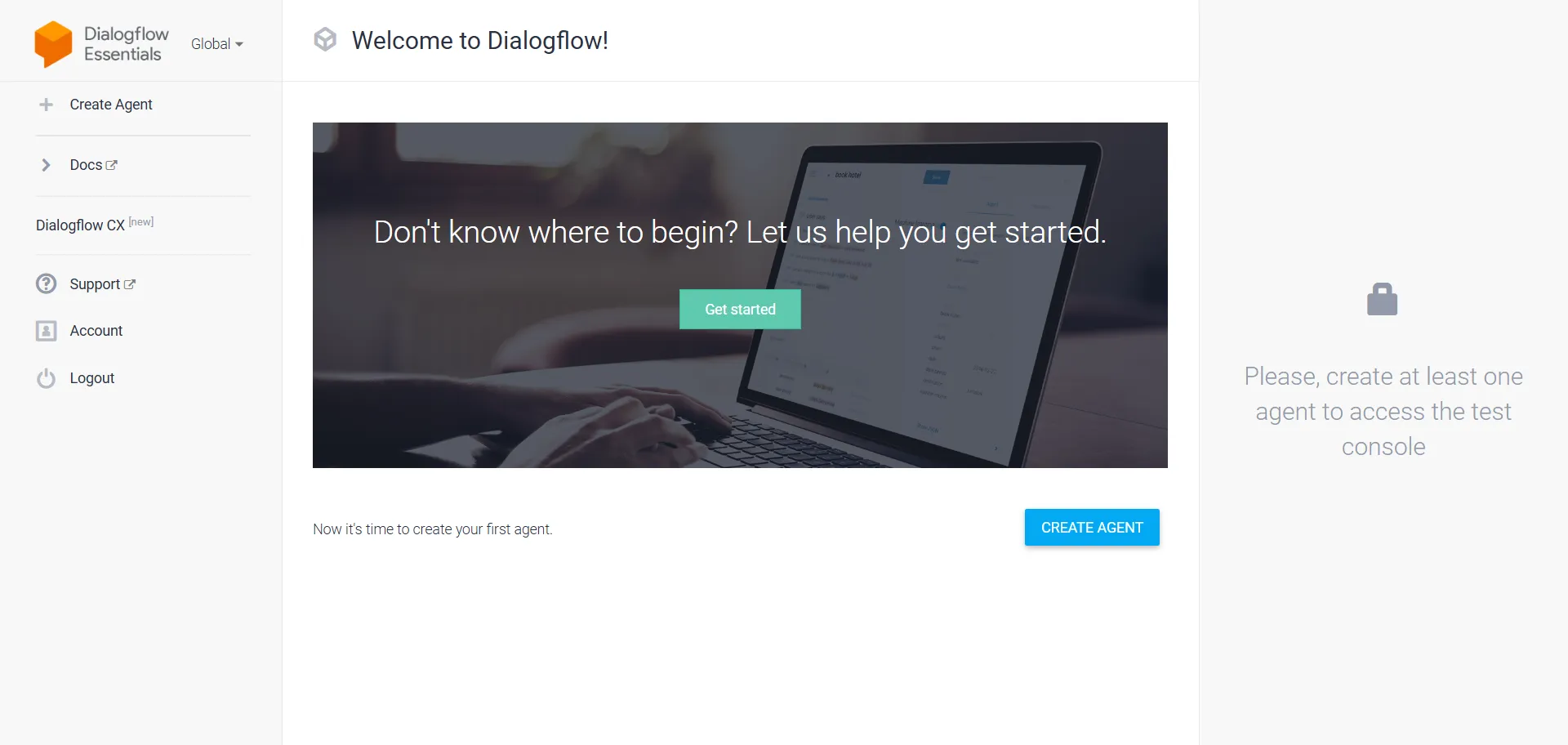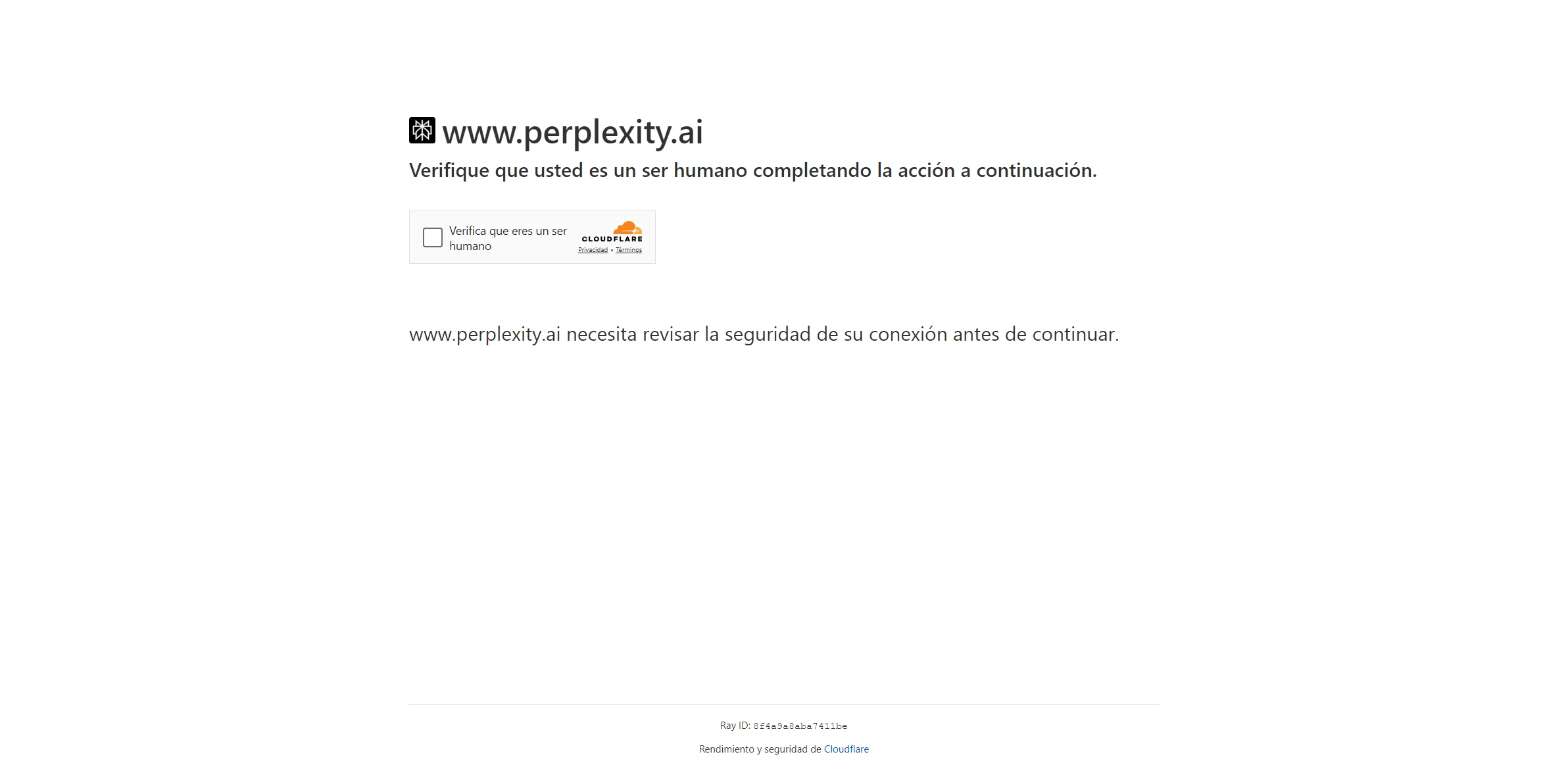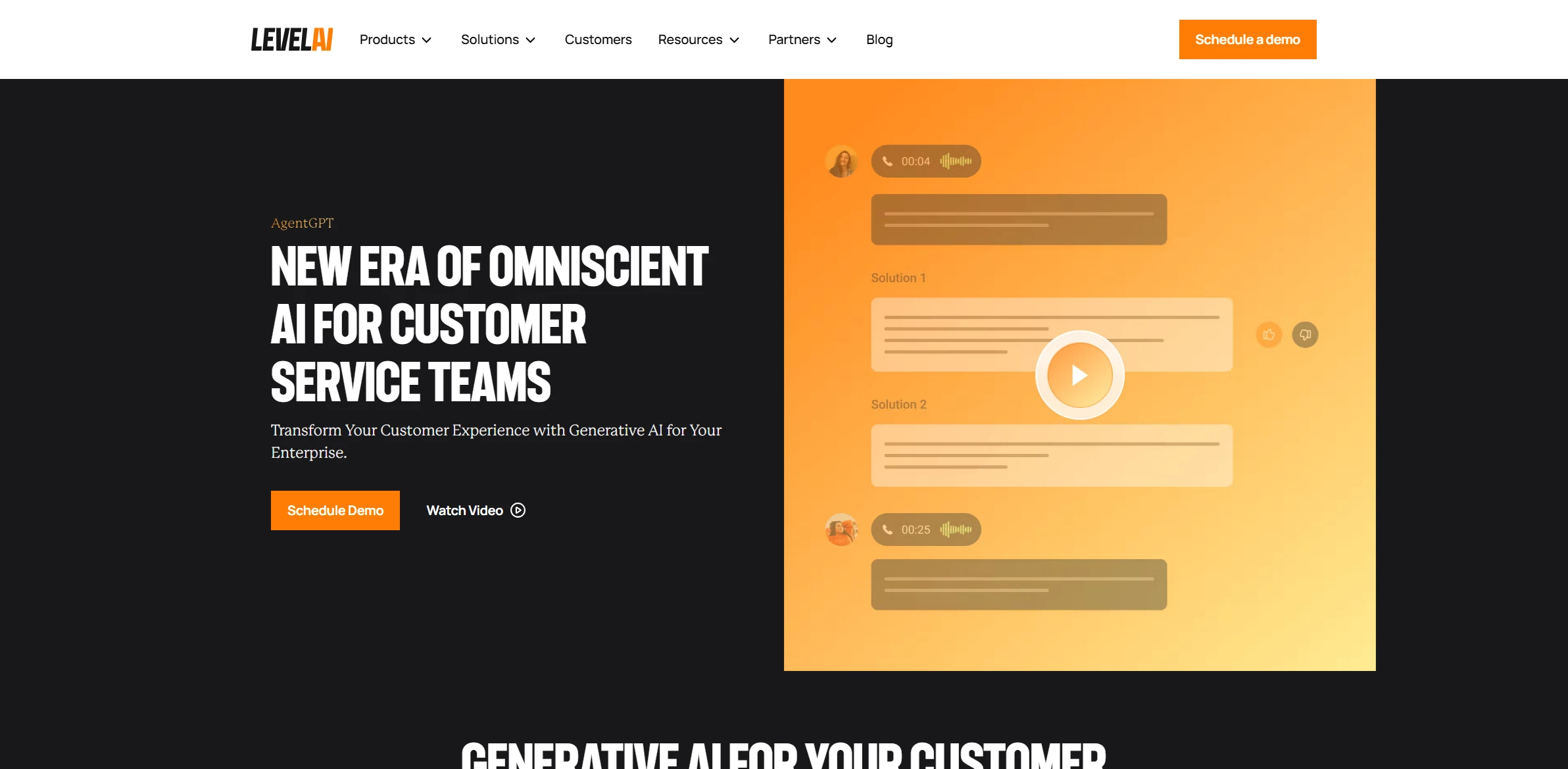Artificial Intelligence Tool Dialogflow

DESCRIPTION
Dialogflow is a powerful natural language processing (NLP) tool developed by Google that allows developers to create conversational interfaces for applications, websites, and devices. It leverages machine learning to understand user inputs and generate appropriate responses, enabling seamless interactions between humans and machines. With its ability to integrate with various platforms such as Google Assistant, Facebook Messenger, and other messaging services, serves as a versatile solution for building chatbots and voice assistants that can cater to diverse user needs.
One of the key functionalities of Dialogflow is its intent recognition capability. This feature allows the tool to identify the user’s intent based on the phrases they use, enabling it to determine how to respond effectively. For example, if a user types “What’s the weather like today?” Dialogflow can recognize the intent behind the request and respond with the current weather conditions. This capability is enhanced by Dialogflow’s machine learning algorithms, which continuously improve the accuracy of intent recognition through user interactions and feedback.
The practical impact of Dialogflow’s intent recognition is significant, particularly in customer service applications. Businesses can deploy chatbots powered by Dialogflow to respond to customer inquiries automatically, providing instant support and reducing wait times. This not only enhances customer satisfaction but also allows companies to allocate resources more efficiently, as automated systems handle routine queries, freeing up human agents to tackle more complex issues. Overall, Dialogflow transforms the way organizations interact with customers, improving efficiency and responsiveness in a digital-first world.
Why choose Dialogflow for your project?
Dialogflow stands out for its natural language understanding, enabling nuanced conversations and context-aware interactions. Its integration capabilities with platforms like Google Assistant, Slack, and Facebook Messenger enhance multi-channel support. The visual interface simplifies bot design, allowing non-developers to create and manage conversational agents efficiently. With pre-built agents, businesses can quickly deploy solutions for customer support, lead generation, and appointment scheduling. Dialogflow’s machine learning capabilities continuously improve responses based on user interactions, ensuring a dynamic user experience. Additionally, its rich analytics provide insights into user behavior, helping organizations refine their strategies and enhance customer engagement.
How to start using Dialogflow?
- Sign up for a Google Cloud account and create a new project.
- Enable the API for your project.
- Create a new Dialogflow agent and configure its settings.
- Define intents by specifying user inputs and corresponding responses.
- Integrate the Dialogflow agent with your desired platform (e.g., website, messaging app).
PROS & CONS
 User-friendly interface that simplifies the creation and management of conversational agents.
User-friendly interface that simplifies the creation and management of conversational agents. Robust natural language understanding capabilities that enhance the user experience.
Robust natural language understanding capabilities that enhance the user experience. Seamless integration with various platforms, including websites and messaging applications.
Seamless integration with various platforms, including websites and messaging applications. Support for multiple languages, making it versatile for global applications.
Support for multiple languages, making it versatile for global applications. Comprehensive analytics and monitoring tools to track performance and user interactions.
Comprehensive analytics and monitoring tools to track performance and user interactions. Limited customization options compared to some other AI tools, making it harder to tailor responses to specific business needs.
Limited customization options compared to some other AI tools, making it harder to tailor responses to specific business needs. May require a steeper learning curve for users unfamiliar with natural language processing concepts.
May require a steeper learning curve for users unfamiliar with natural language processing concepts. Integration capabilities can be less extensive than other platforms, potentially limiting its use in complex ecosystems.
Integration capabilities can be less extensive than other platforms, potentially limiting its use in complex ecosystems. Performance can vary depending on the complexity of the conversation, leading to potential misunderstandings in user queries.
Performance can vary depending on the complexity of the conversation, leading to potential misunderstandings in user queries. Dependency on cloud services may raise concerns regarding data privacy and security for some organizations.
Dependency on cloud services may raise concerns regarding data privacy and security for some organizations.
USAGE RECOMMENDATIONS
- Start with a clear understanding of your use case and the specific problems you want to solve with Dialogflow.
- Familiarize yourself with the Dialogflow console and its features, including intents, entities, and fulfillment.
- Utilize pre-built agents to save time and gain insights into best practices.
- Define intents that cover a wide range of user queries to improve the accuracy of your agent.
- Leverage entities to extract important information from user inputs effectively.
- Implement context management to handle complex conversations and maintain context across multiple interactions.
- Test your agent thoroughly using the built-in simulator to identify and correct any issues before deployment.
- Use the webhook feature to connect Dialogflow with external services and databases for dynamic responses.
- Utilize the integration options available for popular messaging platforms to reach your audience where they are.
- Monitor the performance of your agent through analytics and logs to continually improve its functionality.
- Regularly update your agent with new intents and training phrases based on user feedback and interaction data.
- Consider implementing machine learning features for more advanced use cases, such as sentiment analysis or personalized responses.
- Engage with the Dialogflow community and resources for support and to stay updated on best practices and new features.
SIMILAR TOOLS

Perplexity
Perplexity redefines expectations in optimizing workflows with precision and speed. Built to overcome any technical challenge with ease.
Visit Perplexity
CollovGPT
CollovGPT leads an innovative approach to optimizing workflows with precision and speed. A perfect choice for those who value excellence.
Visit CollovGPT
AgentGPT
AgentGPT leads an innovative approach to solving complex problems efficiently. Designed to make a significant change in your projects.
Visit AgentGPT